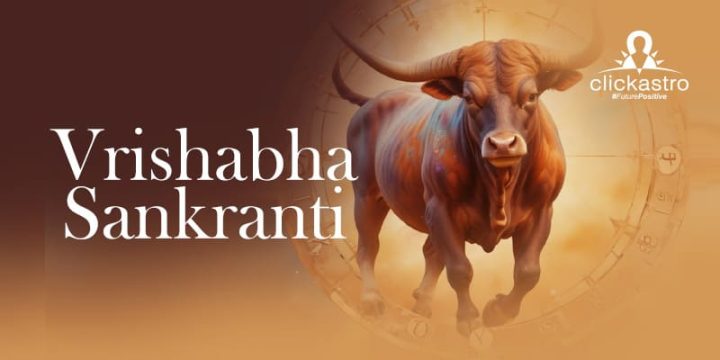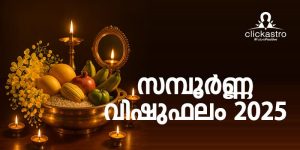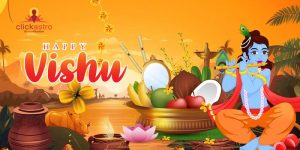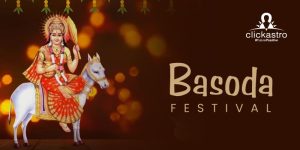Contents[hide]
- Vrishabha Sankranti Punya Kala – May 15, 06:03 AM to 12:19 PM
- Duration – 06 Hours 15 Mins
- Vrishabha Sankranti Maha Punya Kala – May 15, 06:03 AM to 08:08 AM
- Duration – 02 Hours 05 Mins
- Vrishabha Sankranti Moment – May 15, 12:21 AM
What is Vrishabha Sankranti?
Vrishabha Sankranti signifies the Sun’s movement from Mesha Rashi (Aries) to Vrishabha Rashi (Taurus). In the solar Hindu calendar, this marks the beginning of the Vrishabha month, also known as the second month of the year. This shift in the Sun’s position brings renewed cosmic energy that is aligned with prosperity, abundance, and spiritual grounding. In different parts of India, the festival is known by different names. In Odisha, it is celebrated as Brusha Sankranti, while in South Indian states, it is known as Vrishabha Sankramana or Vrushabha Sankraman.Why is Vrishabha Sankranti Celebrated?
Rituals and Celebrations
Vrishabha Sankranti is observed with great devotion across India, though the practices may vary depending on the region. Here are some common rituals and traditions followed on this auspicious day:- Holy Bath (Sankramana Snana): Taking a dip in sacred rivers, lakes, or even a ritual bath at home is believed to purify the soul and wash away sins. In Odisha, people gather at holy places like Puri for the Brusha Sankranti Snana, a sacred bath to honour ancestors and the Sun God.
- Puja and Offerings: Devotees perform special pujas to Surya (Sun God), Vishnu, and Ganesha. Offerings of seasonal fruits, grains, flowers, and sweets are made during the Punya Kaal for good health and prosperity.
- Charity and Daan: Acts of kindness and charity are central to this day. Devotees donate food, clothes, and money to the poor. Donating cows is considered highly meritorious, especially within the 16 gharis (moments) before the actual Sankranti time.
- Pitra Tarpan: Many also perform rituals for their ancestors to express gratitude and seek their blessings.
- Temple Visits: People visit temples dedicated to Lord Vishnu, praying for wisdom, inner peace, and protection from the cycle of rebirth.
- Festive Foods: Traditional delicacies are prepared and shared among families, adding a warm and celebratory flavour to the day.
Regional Celebrations
The diversity of Indian culture is reflected in the way Vrishabha Sankranti is celebrated across different states:- In Tamil and Kerala regions, the day is observed with devotion, temple visits, and chanting of Vedic hymns. It falls in the Hindu calendar’s solar cycle and aligns with important local seasonal observances.
- In Telugu households, families prepare for the Sankramana with ritualistic cleaning, offerings, and prayers seeking wealth and harmony.
- In Odisha, as mentioned, Brusha Sankranti is a deeply revered occasion. Devotees gather at the Jagannath Temple in Puri, take ritual baths in the sea, and offer prayers to Lord Vishnu and the Sun God with great devotion.
- In North India, community fairs and cultural gatherings often add a festive spirit, with music, dance, and spiritual discourses.








